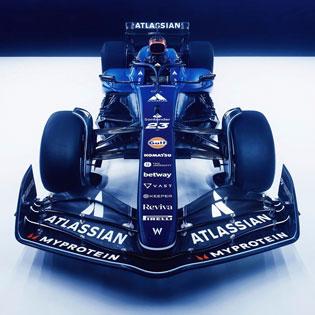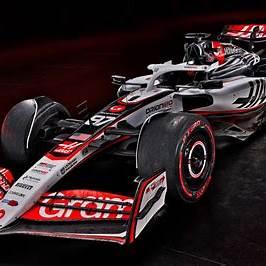Oracle Red Bull Racing — From Underdog to Power Player (2025)
1. Origins & Rise
Red Bull Racing began life as Stewart Grand Prix (1997), transitioned into Jaguar Racing (2000–2004), and finally was acquired by Dietrich Mateschitz’s Red Bull GmbH in November 2004 for the nominal sum of $1, taking on the Jaguar operation and launching their bold branded identity (Oracle Red Bull Racing, Wikipedia). Their early years were modest, but hiring Adrian Newey and building long-term infrastructure set them on an explosive upward trajectory.
2. Ownership, Management & Engineering
-
Ownership: Fully controlled by Red Bull GmbH, steered by Mateschitz's legacy and management team.
-
Management Shift: Legendary Team Principal Christian Horner—who built the team since 2005—was dismissed mid‑2025. He was immediately replaced by Laurent Mekies, formerly heading Racing Bulls, who now serves as CEO and Team Principal (Formula 1® - The Official F1® Website).
-
Technical Leadership: Pierre Waché carries the technical banner as the Technical Director, running chassis and aero under Mekies’ oversight (Wikipedia).
3. 2025 Car & Power Unit
The 2025 car, the RB21, debuted in February with a familiar yet refined design—built to maintain dominance while adjusting to evolving competition. It’s powered by Honda / RBPT hybrid units, carrying over the performance pedigree they've cultivated since 2019, but with a shift ahead toward collaboration with Ford for 2026 rules (AutoRacing1.com).
4. Driver Line-Up
Red Bull’s driver roster for 2025:
-
Max Verstappen, the multi‑world‑champion cornerstone.
-
Liam Lawson, stepping up from the B‑team (Racing Bulls) into a full‑seat role.
Support roles include test drivers like Ayumu Iwasa, Arvid Lindblad, and Jake Dennis (Wikipedia).
Red Bull Racing F1 2025 Team Bomber Jacket
Stay race-ready and stylish with this sleek bomber jacket inspired by the Red Bull Racing team
Product information
SGD 212.15
Product Review Score
4.24 out of 5 stars
23 reviewsProduct links
5. 2025 Season Reality Check
Red Bull’s dominance has cooled. Mid‑season standings showed only two wins so far—well down from previous years—and Verstappen sits third in the Drivers’ Championship. The mid‑season shake‑up, including Horner’s exit and Newey’s departure to Aston Martin, has shaken the team’s foundation and morale, compounding pressure ahead of the 2026 reset (El País).
6. Strengths & Headwinds
Strengths:
-
Engineering depth remains formidable—new wind tunnel is coming online by 2026 to supercharge development (Wikipedia).
-
Verstappen’s relentless drive and prior stranglehold on titles.
-
Mekies brings fresh leadership from within Red Bull’s academy pipeline.
Risks:
-
Leadership vacuum and internal tensions ripple through team chemistry.
-
Loss of design legends like Adrian Newey weakens technical edge.
-
Transition to new engine and regulations in 2026 adds uncertainty (El País).
7. Culture & Direction
Red Bull thrives on swagger, innovation, and aggressive ambition. But 2025’s turbulence—public leadership exit, technical staff turnover, and fading grip on pace—strikes at their identity. Mekies’ promotion signals a strategic pivot: restore internal order and accelerate adaptation ahead of seismic changes.
8. My No-Hold-Back Take
Red Bull’s 2025 reality is a humbling chapter. They've traded world-beater consistency for a bumpy mid-season, and the team is clearly recalibrating. If Mekies can rally the crew, revitalize development, and keep Verstappen motivated during the rebuilding, Red Bull can emerge leaner, sharper, and ready to pounce on the 2026-open field. If not—watch other squads like Ferrari, McLaren, and Mercedes pounce first.
Snapshot — 2025 At a Glance
| Category | Details (2025) |
|---|---|
| Founded (as RBR) | 2004 (formerly Jaguar, Stewart GP) |
| Ownership | Red Bull GmbH (Dietrich Mateschitz lineage) |
| Team Principal | Laurent Mekies (succeeded Christian Horner mid-2025) |
| Technical Director | Pierre Waché |
| Car & Power Unit | RB21 chassis, Honda / RBPT hybrid unit |
| Drivers | Max Verstappen, Liam Lawson |
| Season Status | Mid-season slump: 2 wins, still fighting; leadership turned over |
| Looking Ahead | Rebuilding unity, gearing toward 2026 technical overhaul and Ford power collaboration |



